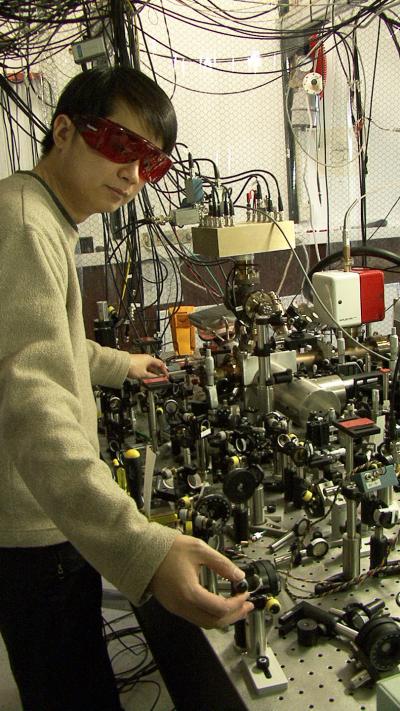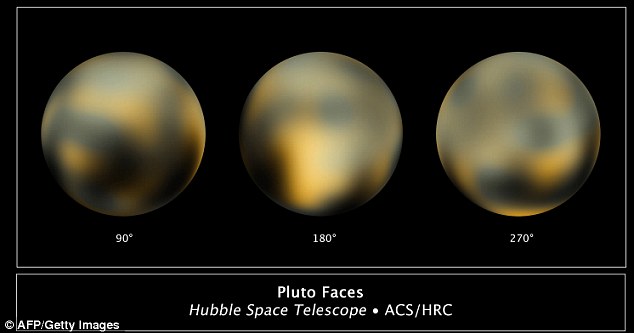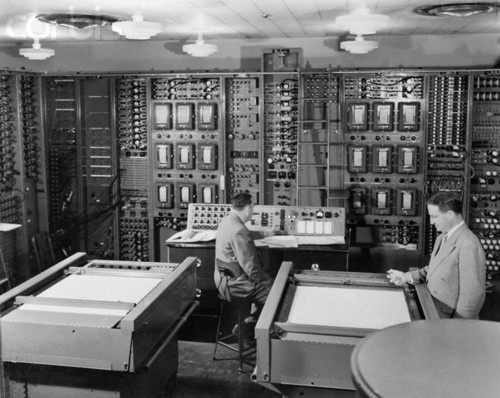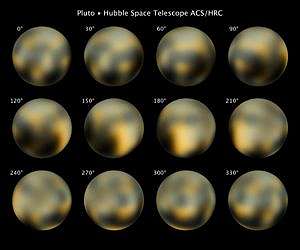
© J. Burrus/NISTNIST postdoctoral researcher James Chin-wen Chou with the world's most precise clock, based on the vibrations of a single aluminum ion (electrically charged atom). The ion is trapped inside the metal cylinder (center right).
Boulder - Physicists at the National Institute of Standards and Technology (NIST) have built an enhanced version of an experimental atomic clock based on a single aluminum atom that is now the world's most precise clock, more than twice as precise as the previous pacesetter based on a mercury atom.
The new aluminum clock would neither gain nor lose one second in about 3.7 billion years, according to measurements to be reported in
Physical Review Letters.
The new clock is the second version of NIST's "quantum logic clock," so called because it borrows the logical processing used for atoms storing data in experimental quantum computing, another major focus of the same NIST research group. (The logic process is described
here.) The second version of the logic clock offers more than twice the precision of the original.









